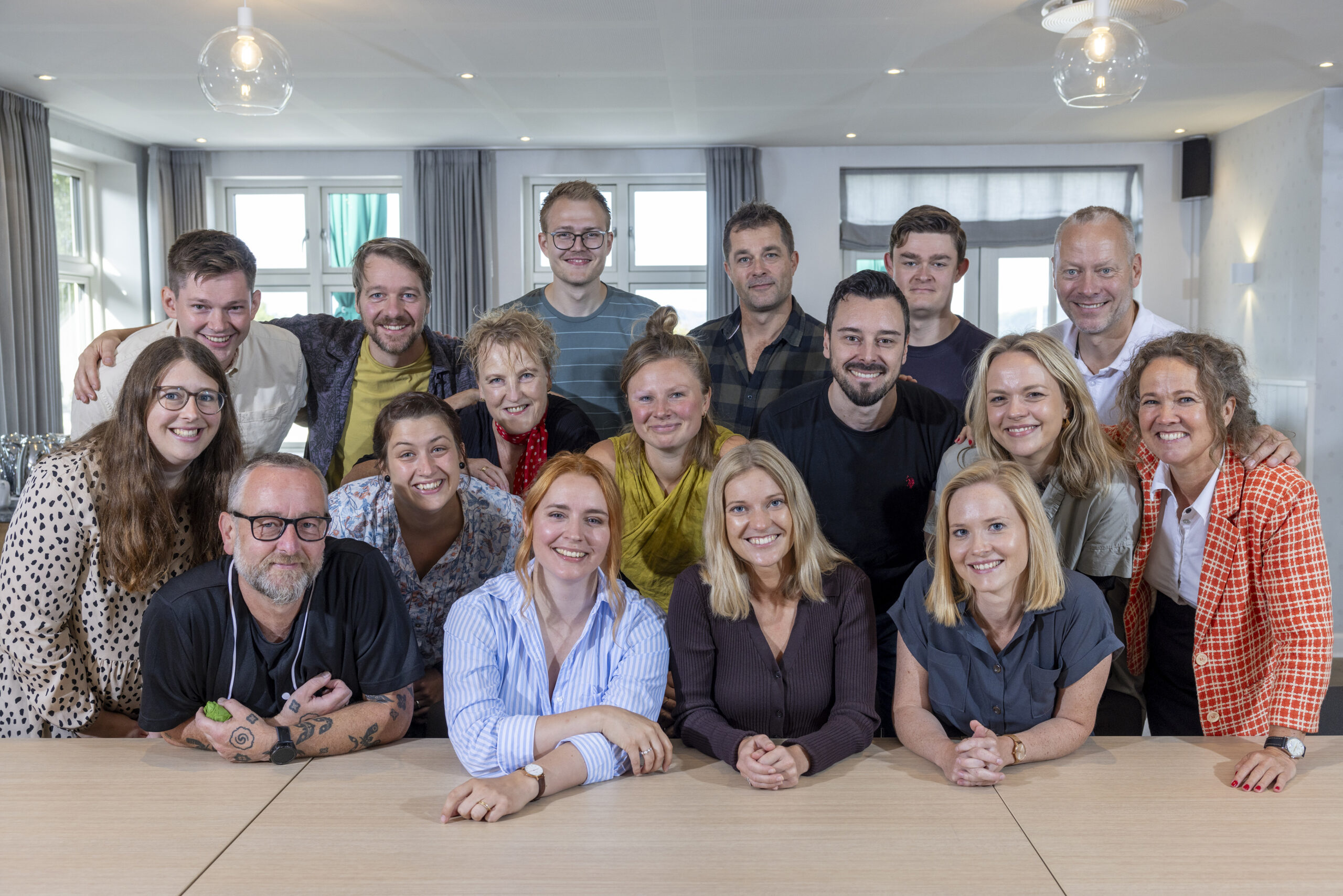Digital presence
Presence at a distance Since 2004, Centre for Digital Youth Care has offered youth counselling by chat, and is thus based on the fact that the counsellor / youth interaction takes place at a distance. Within a pedagogical context one may assume that closeness is a prerequisite to presence. In this regard, as a chat counsellor, I would like to give my perspective on what presence may look like when the physical closeness is removed from the equation. It is quiet on the other side of the screen. After a couple of minutes, she sends a sad smiley with a tear dropping down its chin. Our counselling is anonymous and takes place online. So, I have only the written word and affective symbols to relate to when doing counselling. Young people use smileys as a means of communication to explain how they feel. As a counsellor, I am unable to read facial expressions, tone of voice and/or sensory perceptions, and so, a sharpened attention arises in order to understand and read the user behind the screen. The young girl adds that she has been really sad for a long time. “That sounds difficult,” I reply and add, “I’m wondering if something has happened which makes you sad?” She tells me that she has a hard time at school and feels lonely. She has written quite a lot, and therefore it takes some time for me to read and reflect on how I may reply best possible. So I write: “If it takes a while before I reply, it’s because I’m reading what you have written.” My presence requires that I describe what I am doing, to a much greater extent. Else, my lack of response could potentially be interpreted as a lack of presence. My presence also calls for listening actively, paying undivided attention to the young person on the other side of the screen, and being open, caring and interested. In this setting, I believe that presence is determined more by the presence of such factors as opposed to the counsellor’s physical presence/location. We may speak of a digital, distance-carried presence which opens up to an expansion of the traditional understanding of presence that perhaps, in return, sets the stage for physical presence.



Hvis du vil sætte et par ord på din tilbagemelding, vil det hjælpe os rigtig meget, til at kunne forbedre vores indhold.